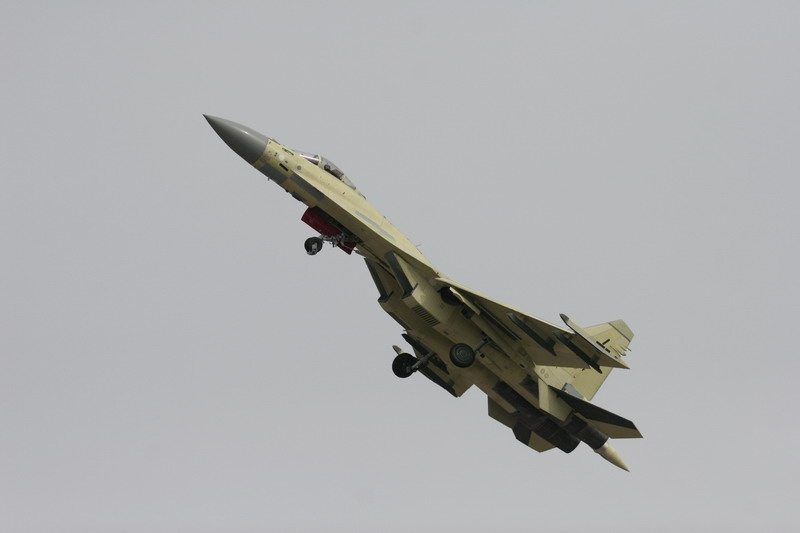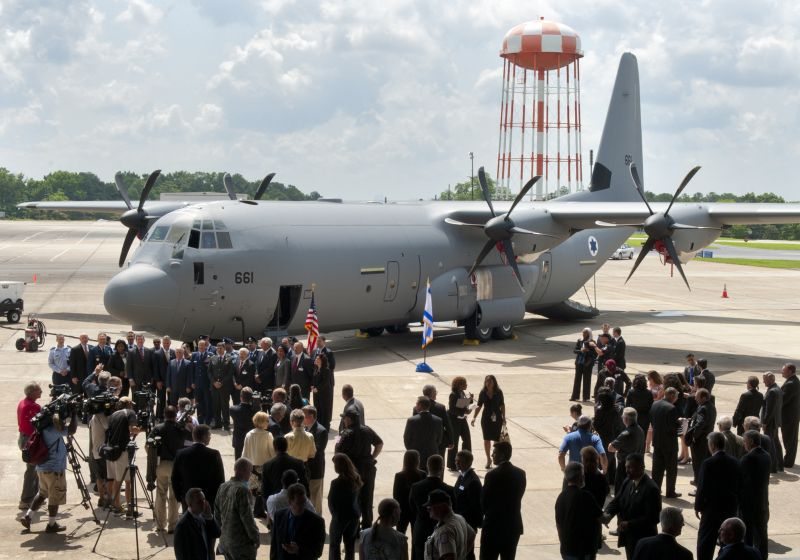The 50th Paris Air Show this year offered some anniversary surprises, however more or less expected, starting with the large Russian defence industry exposure.
While almost hiding out in the static display area, the newly upgraded Russian jet fighter Sukhoi Su-35s stole the thunder several times from other aircraft in the skies. Its high manoeuvrability and extreme acrobatics monopolized lots of conversations. What was less expected were the brand new jet trainer Yak-130 and quasi silent Ka-52 alligator’s equally powerful demonstrations, highlighting their agility and handling abilities. The Russian Aerospace and Defence industry has been working hard to change its post-cold war image of low-tech and fragmented production and support base.
Conversely, European military aircraft took the sky with no real variants from what was originally expected; the Airbus A400M was the biggest highlight. However, the second big surprise of the show was the absence of American aircraft in the sky – even the Blackhawk S-70i was Polish. The American defence industry approach to the Paris Air Show this year has been quite interesting, placing legacy as the cornerstone of their presence, rather than innovation. This time there were no V22s or Super Hornets. If Farnborough was American last year, the sky above Le Bourget was Russian this year.
Why this sudden change in the approach of Americans? Already stretched, complicated, too political, the European defence market is rife with opportunities for American OEMs without even having to promote or showcase their products. Europe will buy American weapon systems to bridge its capability gaps; the unmanned systems being the best illustration.
In view of the economic constraints, American OEMs prefer investing towards a presence in Middle East and Asia-Pacific tradeshows, as competition is much higher in those regions. In Paris, the US industry was keener this year to increase its market share across the much more buoyant commercial aviation segment. The Airbus-Boeing match, again neck and neck with recent orders, is part of tradeshow tradition and this 50th Air Show was no different. A similar trend has also been verified across the helicopter markets; the Anglo-Italian AgustaWestland has received new commercial orders against its main competitors, confirming that 2013 will be the year of AW139.
Despite the absence of big military aircraft contracts, the Paris Air Show offered one last interesting surprise in the military support in-service segment. Marginal till 10 years ago and almost restricted to North America outsourcing of military aircraft support to the industry has become a globally significant market for Tier 1 and Tier 2 OEMs.
Economic downturn and personnel reduction, especially in Europe, are increasingly making this segment more credible and attractive for the traditionally reluctant MoDs. The new Eurocopter solution named E-HOTS (Eurocopter Helicopter On Theatre Services) or the OEM Defence Service contract to maintain NH90s for 5 years, and the new Sikorsky-Boeing Joint Venture for support and logistics in Saudi Arabia are further steps in this direction.
With these solutions, the Western military OEMs targeted aim is not only to reduce platform lifecycle costs burden, but more specifically to make the acquisition price of new platforms more accessible and to attract hesitating end-users within the next few years.
If this strategy is successful for the NH90, then Farnborough 2014 could be really promising for European defence consortiums.
Alix Lebounlanger is a Research Analyst for Aerospace, Defence & Security Sector, at Frost & Sullivan.











